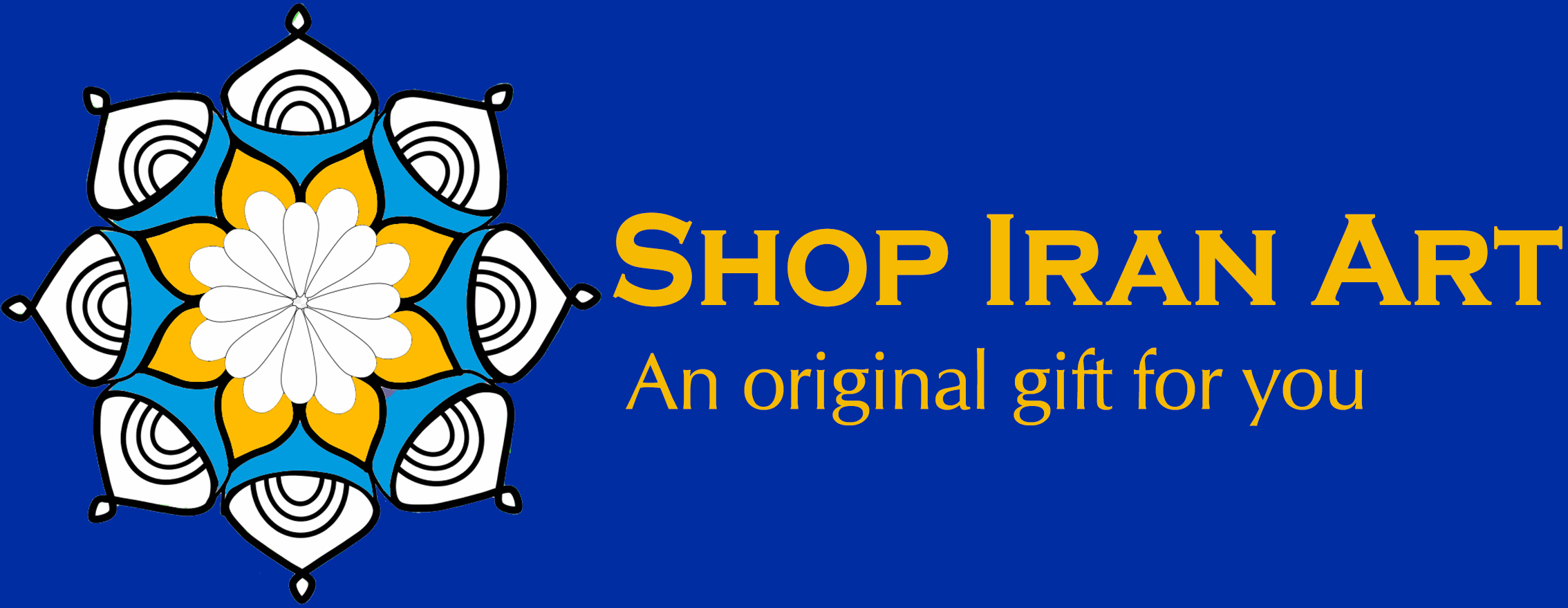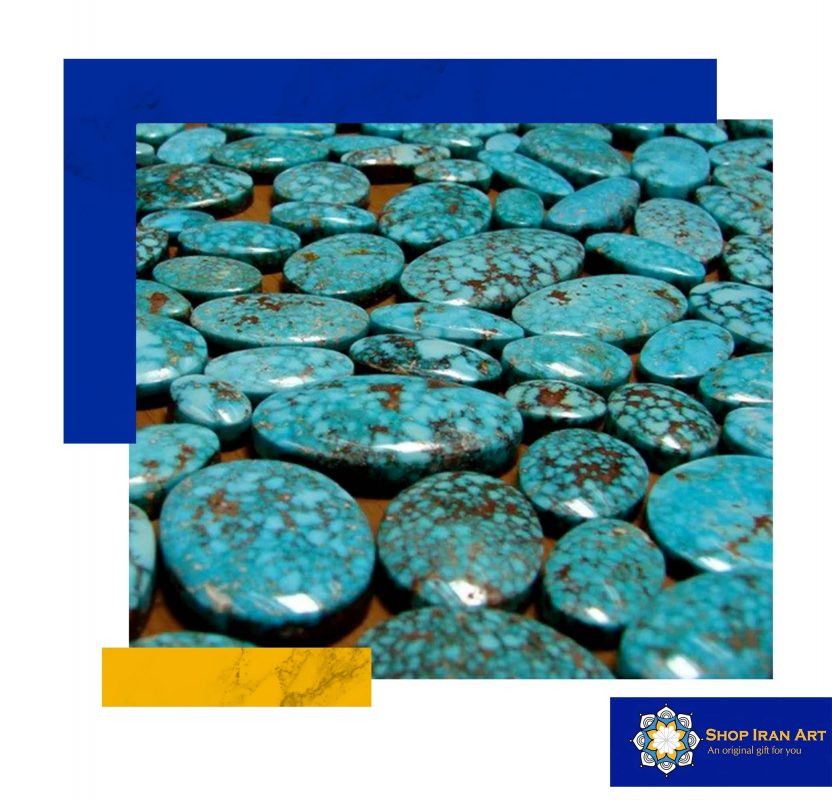Sin categorizar
Are Turquoise Stones Valuable
The Allure and Value of Turquoise Stones
In the world of gemstones, few can captivate and mesmerize like turquoise. With its unique blend of vibrant blue and green hues, turquoise civilizations have cherished turquoise for thousands of years. It has adorned the crowns of kings and queens, found its way into ancient talismans, and graced countless exquisite jewelry pieces.
But what exactly makes turquoise so valuable? Is it a gem worth investing in? This comprehensive article will delve into the enchanting world of turquoise, exploring its origins, properties, value, and significance. Join us on this journey to discover the true worth of turquoise stones.
The Origins and Formation of Turquoise
With its distinct coloration, turquoise is a hydrous phosphate mineral that forms in regions abundant in copper deposits. It typically develops in arid and semi-arid climates, where combining specific geological conditions and chemical processes gives birth to this captivating gemstone. Primarily found in countries such as Iran, Afghanistan, China, and the southwestern United States, turquoise has been mined for centuries, each location offering its unique characteristics and allure.
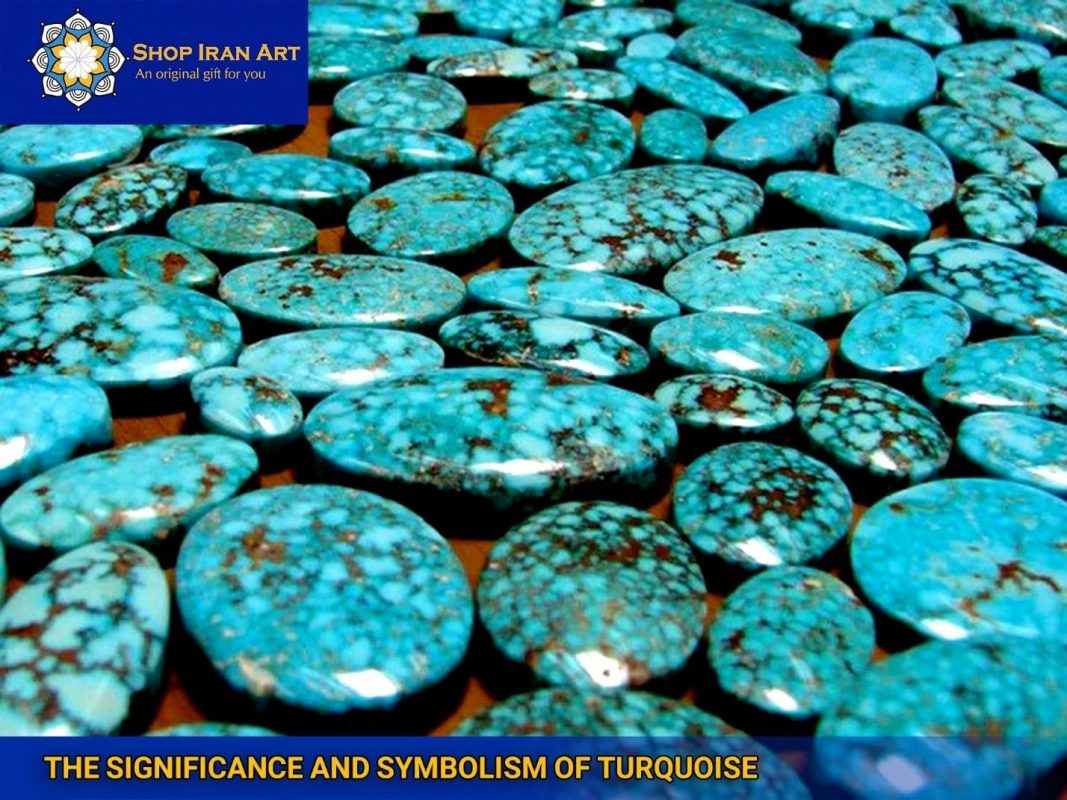
The Significance and Symbolism of Turquoise
Throughout history, turquoise has held great cultural and spiritual significance for various civilizations. Ancient Egyptians considered it a powerfully protective stone, while Native American tribes attributed healing properties and a connection to the natural world. Its serene colors symbolize tranquility, wisdom, and strength, making it an ideal stone for amulets, talismans, and ceremonial objects. Today, turquoise continues to be celebrated as a symbol of good fortune, friendship, and positive energy.
Turquoise Value, Price, and Jewelry Information
Evaluating Turquoise Quality
When assessing a turquoise stone’s value, several key factors play a crucial role. These factors collectively determine the overall quality and desirability of the gem. Evaluating turquoise quality requires a keen eye and an understanding of the following aspects:
Color
The color turquoise is perhaps it is most defining characteristic. The most sought-after turquoise stones exhibit a vibrant blue-to-green coloration. The ideal hue is subjective and can vary among individuals, but a balance between blue and green is generally considered desirable. The color intensity and consistency throughout the stone are crucial, with a rich, even distribution of color highly valued.
Matrix and Discoloration
Turquoise often forms with a characteristic matrix, which refers to the intricate patterns and veins seen within the stone. While matrix adds uniqueness and character to turquoise, excessive matrix or discoloration can significantly impact its value. High-quality turquoise typically has a matrix that complements the stone without overpowering it or diminishing its aesthetic appeal.
Hardness and Translucency
Turquoise is a relatively soft gemstone compared to others, and its hardness is an important factor in determining its durability and overall quality. Hardness measurement is on the Mohs scale, and turquoise generally ranks between 5 and 7. Higher-quality turquoise tends to have a higher level of hardness, contributing to its durability and resistance to scratches. Translucency is also valued, with more translucent stones often commanding higher prices.
Fractures and Inclusions
A high-quality turquoise stone should be free from significant fractures, as these can affect its structural integrity and overall appearance. Inclusions, such as other minerals or impurities, can also impact a stone’s value. Ideally, turquoise should have minimal or no visible inclusions, ensuring its purity and visual appeal.
Types of Turquoise
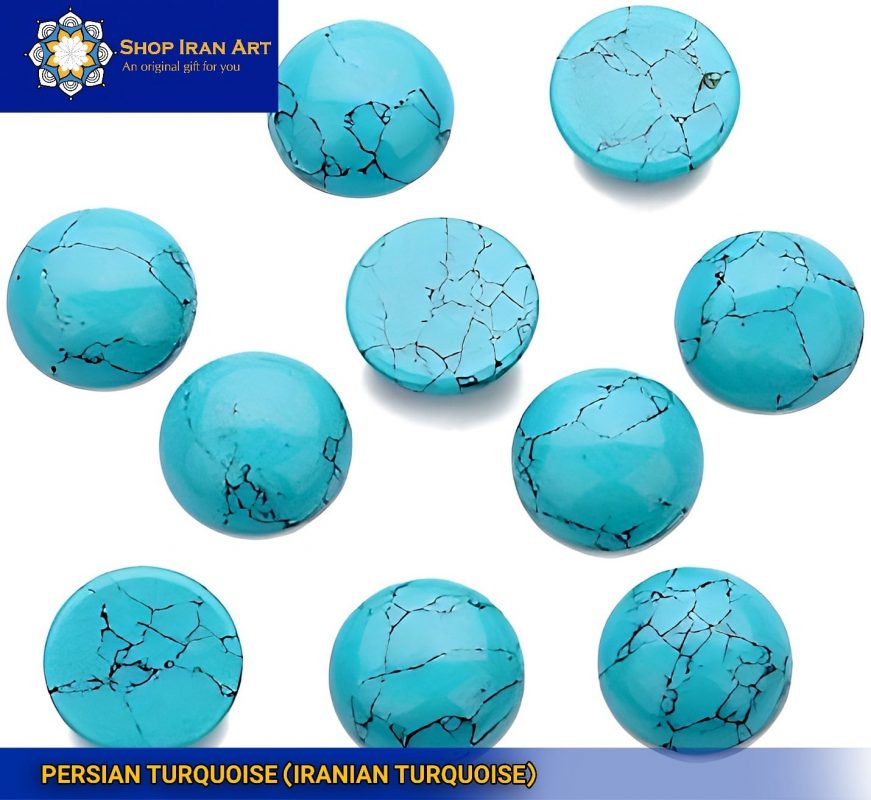
Persian Turquoise (Iranian turquoise)
Widely regarded as one of the most valuable and sought-after varieties, Persian turquoise, also known as Iranian turquoise, is highly esteemed for its exceptional quality. This type of turquoise possesses a captivating sky-blue hue, often exhibiting a desirable robin’s egg blue shade. Persian turquoise is revered for its intense color saturation, fine texture, and remarkable beauty. Its rich history, dating back centuries, has only added to its allure, making it a coveted gemstone for collectors and jewelry enthusiasts worldwide.
Sleeping Beauty Turquoise
Mined in the Globe-Miami District of Arizona, USA, Sleeping Beauty turquoise has gained immense popularity for its pure, vibrant blue color. Its characteristic absence of a matrix sets this variety apart, resulting in a clean, uniform appearance. The stone’s captivating hue, ranging from light to medium blue, and its high availability have made it a popular choice in contemporary jewelry designs. Sleeping Beauty turquoise is highly valued for its consistent color and clean aesthetic, allowing for versatile use in various jewelry styles.
Turquoise Jewelry and Artifacts
Turquoise in Jewelry: Turquoise’s allure extends beyond its intrinsic beauty to its incorporation into stunning jewelry pieces. From delicate earrings and necklaces to intricate bracelets and rings, turquoise has become a staple gemstone in traditional and modern designs. The unique blend of colors allows for versatile combinations with various metals and gemstones, enabling designers to create truly exceptional and eye-catching jewelry.
(How Much is Turquoise Worth)
Turquoise Artifacts and Collectibles: Aside from jewelry, turquoise is also featured in many collectibles and artifacts. From ancient pottery and ceremonial masks to ornate sculptures and inlaid furniture, the presence of turquoise adds an exquisite touch to these culturally significant items. Collectors and enthusiasts value these artifacts not only for their historical importance but also for the rarity and intrinsic beauty of the turquoise used in their creation.
Investing in Turquoise
As the demand for unique gemstones and investment-worthy assets continues to grow, turquoise has emerged as a promising option for those seeking to diversify their portfolios. With limited sources of high-quality turquoise and increasing rarity, the value of exceptional specimens is expected to rise steadily. Investing in turquoise can offer a tangible asset with a rich history, aesthetic appeal, and potential for appreciation over time.
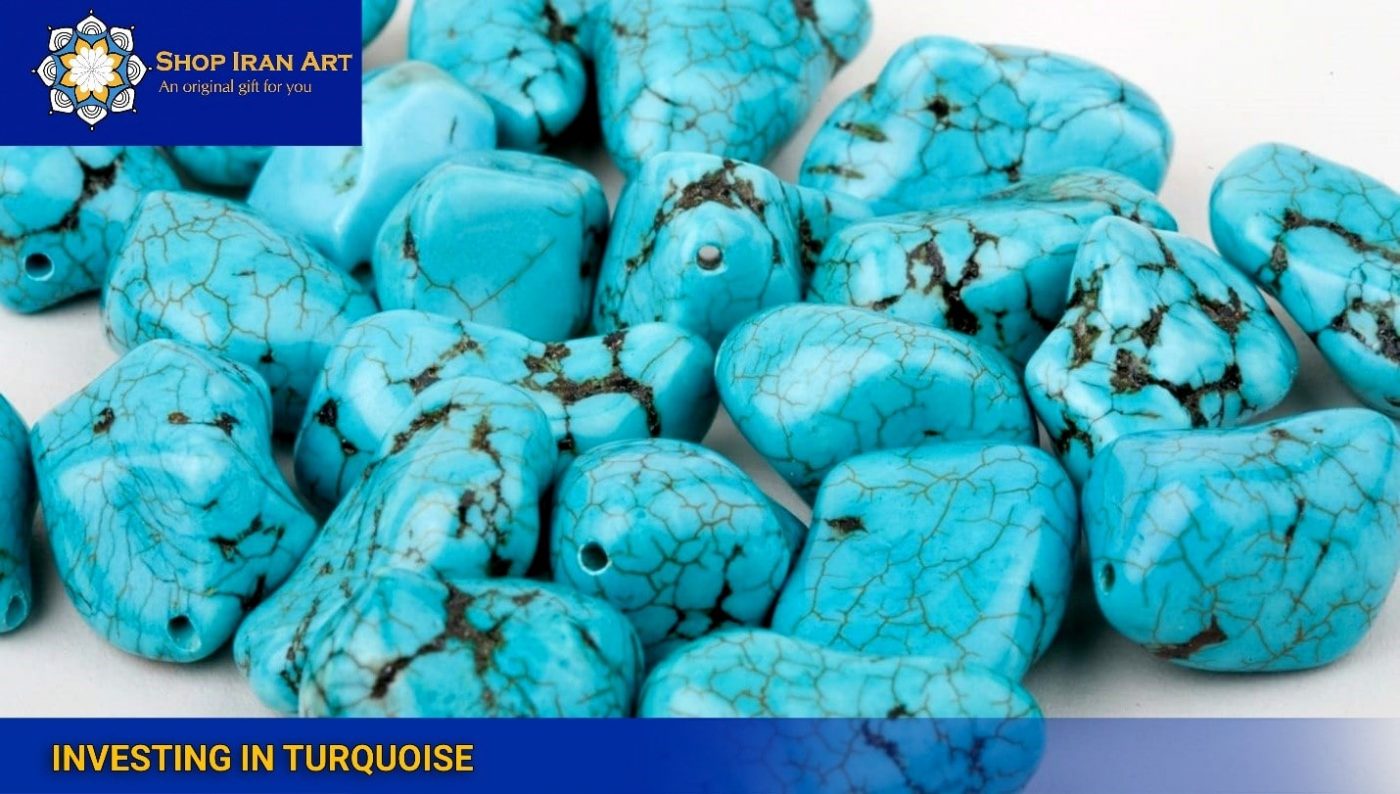
Final words
Turquoise, with its captivating colors, rich history, and cultural significance, holds a unique place in the world of gemstones. Its allure continues to captivate hearts and minds, making it a valuable gemstone for both collectors and jewelry enthusiasts. As you explore the world of turquoise, consider the exquisite craftsmanship and exceptional collections available at “Shop Iran Art,” an online store dedicated to showcasing the beauty and craftsmanship of Persian turquoise artifacts and jewelry. Let turquoise take you on a journey through time, embracing its beauty and discovering its true value in the realm of precious gemstones.
Are turquoise stones valuable?
Yes, turquoise stones hold significant value due to their unique coloration, cultural significance, and increasing rarity.
Which turquoise is most valuable?
Persian turquoise, also known as Iranian turquoise, is widely regarded as one of the most valuable varieties due to its intense sky-blue hue and rich history.
Where can I find exquisite turquoise artifacts and jewelry?

